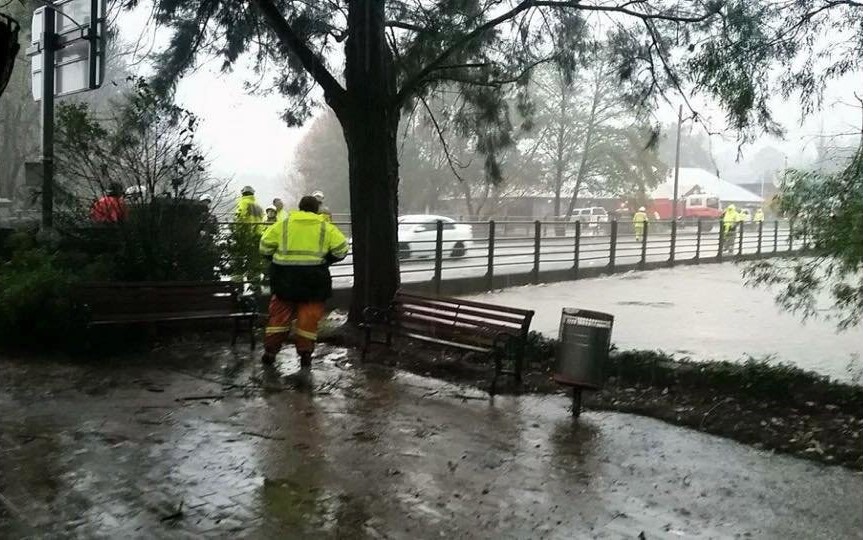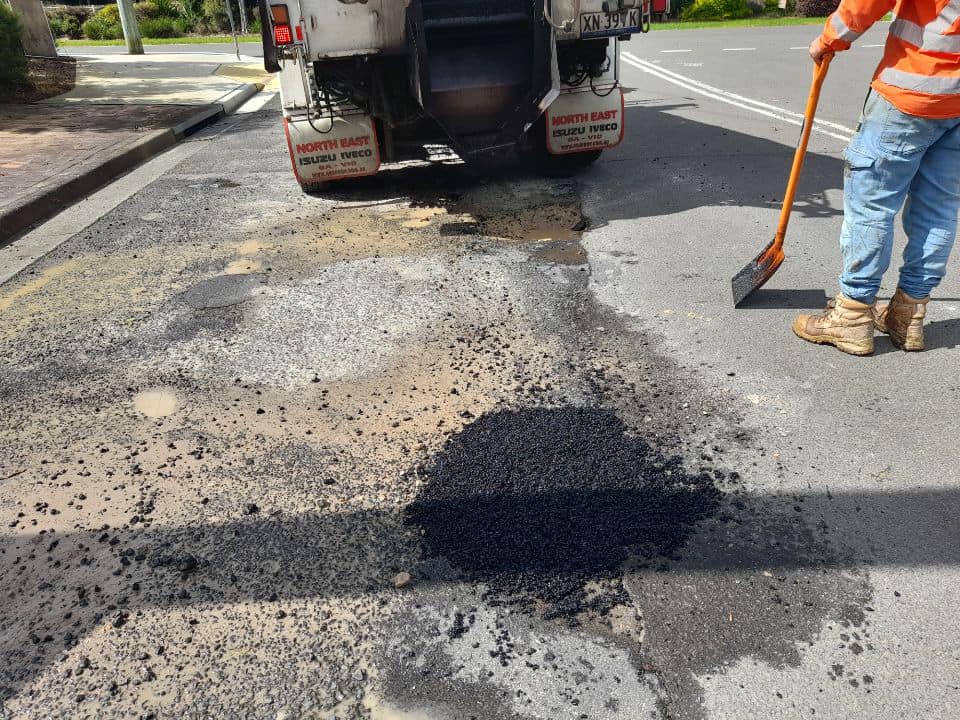
Wollondilly Council says the state government’s emergency relief program for flood affected regions is tied up in red tape.
As a result funding takes too long to come through, says council which has endorsed a submission to the NSW Flood Inquiry.
“A review is required on the process and system for emergency relief claims, in particular the roles and responsibilities of the various agencies to ensure proactive, consistent, efficient and direct support to councils and community members in a timely manner,” says Wollondilly Mayor Matt Gould.
“Council’s budget and operations are significantly impacted when there is an emergency situation that we must respond to.
“We are on the ground looking making sure the community is safe, undertaking road and bridge closures and fixing the damage as fast as possible.
“We need to be able to get this assistance through much more quickly.”
Wollondilly Council’s submission to the 2022 NSW Flood Inquiry raises a number of concerns in relation to the support provided for local recovery.
“Although the State Government has pledged emergency relief support, Council has identified problems with the process for accessing the funding and the time it takes for payments to be made,’’ says council in a media statement.
“The level of evidence required for a claim is very difficult to provide (with photos of assets required from before and during the event), and council is now suffering from the accumulated damage from successive events while claims are made only on each specific event.’’
Wollondilly Council accepts that it benefitted from an initial grant from the Office of Local Government and recovery money from Resilience NSW to assist with the response and clean-up in 2022.
However it says that some claims from 2020 and 2021 are still to be paid to council, which has “little to no assurance that all the claims made for 2022 will be successful’’.
Council’s submission also highlights the issue of a lack of understanding about ownership and responsibilities for watercourses, including vegetation management on privately held Crown Land and Crown waterways.
There is also confusion around ownership, responsibilities and coordination for cross-agency impacts, such when rail lines and roads are jointly affected and large repairs need to be managed.

Council has requested accessibility and consistency of information from rain and water gauges and timeliness and consistency of flood warning and evacuation messaging.
Council also raised the issue of external communications for road management, including closures and integration to Live Traffic, which currently only shows closures in relation to State Roads and misses many of the major connecting roads in the Wollondilly network.
Issues have also been raised in regard to land use planning and development control as well as the high cost of insurance and support for landowners.
Consecutive emergency events such as the flood in June 2016, the Black Summer bushfires of 2019/20, flooding in February 2020, flooding in March 2021 and most recently February to March 2022, have taken a significant toll on the Wollondilly road network, particularly the major arterial roads that provide regional accessibility, council says in its submission.
